Creating your own perfume can be exciting and rewarding. Whether you're a fragrance enthusiast or simply seeking a unique scent, essential oils offer endless possibilities. Making DIY perfumes allows you to craft personalized fragrances tailored to your preferences using natural ingredients that are gentler on your skin and the environment. It's also a cost-effective alternative to buying expensive designer perfumes.
However, getting started with perfume making can feel overwhelming, especially if you're new to working with essential oils. There's a lot to learn about fragrance notes, blending techniques, and proper storage. To help you on your journey, we've put together this comprehensive guide on how to make your own perfume with essential oils. We'll cover everything from the basics of essential oils to step-by-step instructions for creating your signature scent. Let's get started with this guide on crafting your own natural perfumes at home.
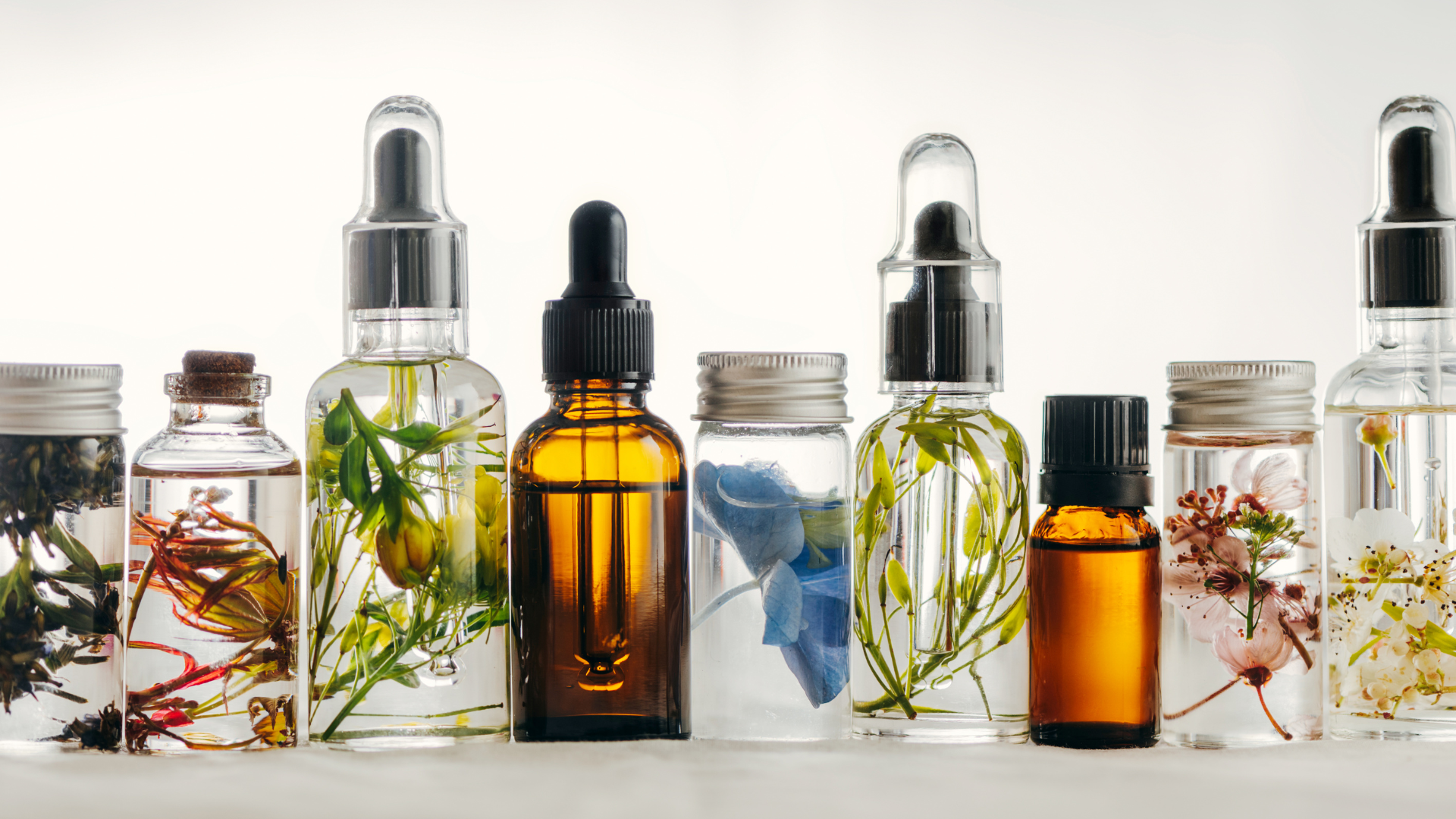
The History of Perfume Making
Perfume making has a rich history dating back thousands of years. The ancient Egyptians were among the first to develop fragrances using natural ingredients like myrrh, frankincense, and lotus. These early scents played important roles in religious ceremonies and were often offered to the gods. Over the past 5000 years, perfume making has undergone significant changes. Each civilization, from Egypt to Greece and Rome, added its own techniques and ingredients to the craft. The Middle Ages saw the introduction of alcohol-based perfumes, while the Renaissance period brought more complex fragrances and improved distillation methods. In recent years, there's been a surge in the popularity of DIY perfumes. This trend is driven by a desire for personalization and a return to more natural fragrances. Many people are now creating their own scents at home using essential oils and other natural ingredients. This shift towards homemade perfumes reflects a growing interest in natural products and the art of fragrance creation.
The Benefits of Creating Your Own DIY Perfume
Making your own perfume offers several advantages over store-bought fragrances. Here's why you might want to try creating your own scents:
Personalized Fragrances
When you make your own perfume, you're in control. You can create a scent that's uniquely yours, tailored to your exact preferences. This level of customization is hard to find with mass-produced perfumes.
Natural Ingredients
Many commercial perfumes contain synthetic fragrances and chemicals that some people find irritating. With DIY perfumes, you choose what goes into your fragrance. You can opt for all-natural components, knowing exactly what's in your perfume.
Budget-Friendly Option
While buying essential oils and equipment might seem costly at first, making your own perfumes can save money over time. It's especially economical if you frequently use fragrances or enjoy experimenting with different scents. By creating your own perfumes, you get a unique, natural fragrance that's tailored to your tastes and potentially easier on your wallet.
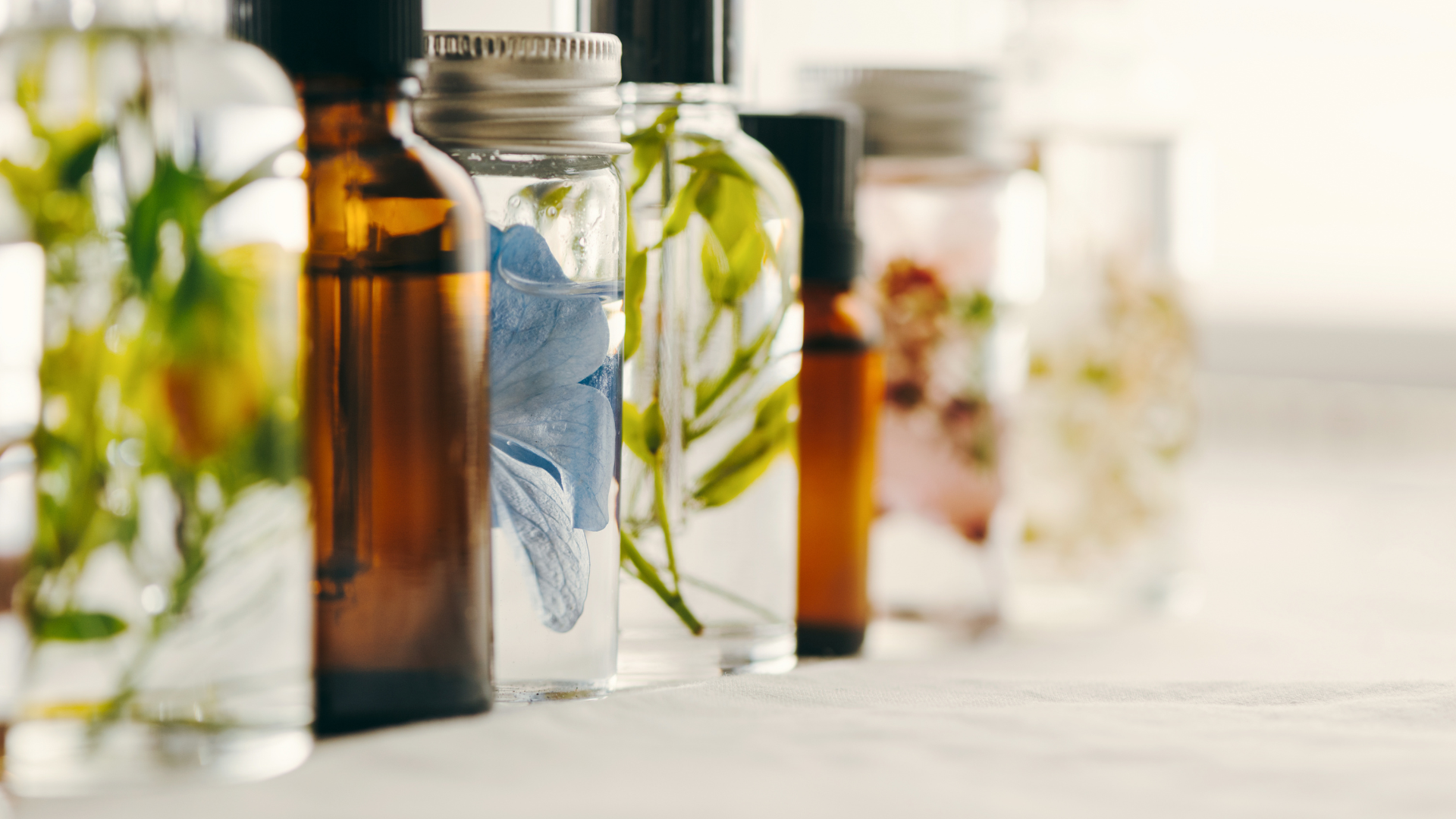
Understanding Essential Oils
What Are Essential Oils?
Essential oils are highly concentrated plant extracts that capture the plant's scent and flavor or "essence." They're made by extracting the oils from various parts of plants, including leaves, flowers, and roots.
How Are Essential Oils Extracted?
There are two main methods used to extract essential oils:
1. Steam Distillation
This is the most common method for extracting essential oils. Here's how it works: Plant material is placed in a still, and steam is passed through it. The steam causes the plant's oil glands to burst open, releasing the essential oil. The oil and steam mixture is then cooled and separated. The oil floats to the top and is collected.
This method is used for many popular oils like lavender, peppermint, and eucalyptus.
2. Cold Pressing
Cold pressing is mainly used for citrus oils. The process involves: The outer layer of the fruit is removed. The fruit is then pressed to squeeze out the oil. The oil is separated from the juice and collected. This method preserves the oil's natural fragrance, making it ideal for perfume making.
Popular Essential Oils for Perfume Making
Creating your own perfume involves blending different essential oils to achieve a harmonious scent. These oils are typically grouped into three categories: top notes, middle notes, and base notes. Each category plays a unique role in the overall fragrance composition.
Top Notes
Top notes are the initial scents you experience when applying a perfume. These volatile oils create the first impression and set the tone for the fragrance. They are typically light, fresh, and evaporate quickly, usually within 15-30 minutes. Citrus and herbal scents often serve as top notes due to their bright, uplifting qualities. Bergamot offers a crisp, citrusy aroma, while eucalyptus provides a fresh, invigorating scent. Spearmint is another popular choice known for its cool, refreshing smell.
Middle Notes
Middle notes, also known as heart notes, emerge as the top notes dissipate. They form the core of the fragrance and typically last for 2-4 hours after application. These scents are often fuller and rounder than top notes. Floral and spicy oils are common choices for middle notes. Jasmine provides a rich, sweet floral scent, while ylang-ylang offers a soft, exotic aroma. For a spicier option, cinnamon adds warmth and depth to the fragrance.
Base Notes
Base notes are the foundation of your perfume, providing depth and longevity to the scent. These heavier, more intense oils are the last to emerge and can last for several hours or even days. Woody and earthy scents typically serve as base notes. Cedarwood offers a warm, woody aroma, while frankincense provides a rich, resinous scent. For a more exotic touch, vanilla adds a sweet, comforting base to the fragrance. By carefully selecting and combining oils from each of these categories, you can create a complex, well-balanced perfume that evolves beautifully over time.
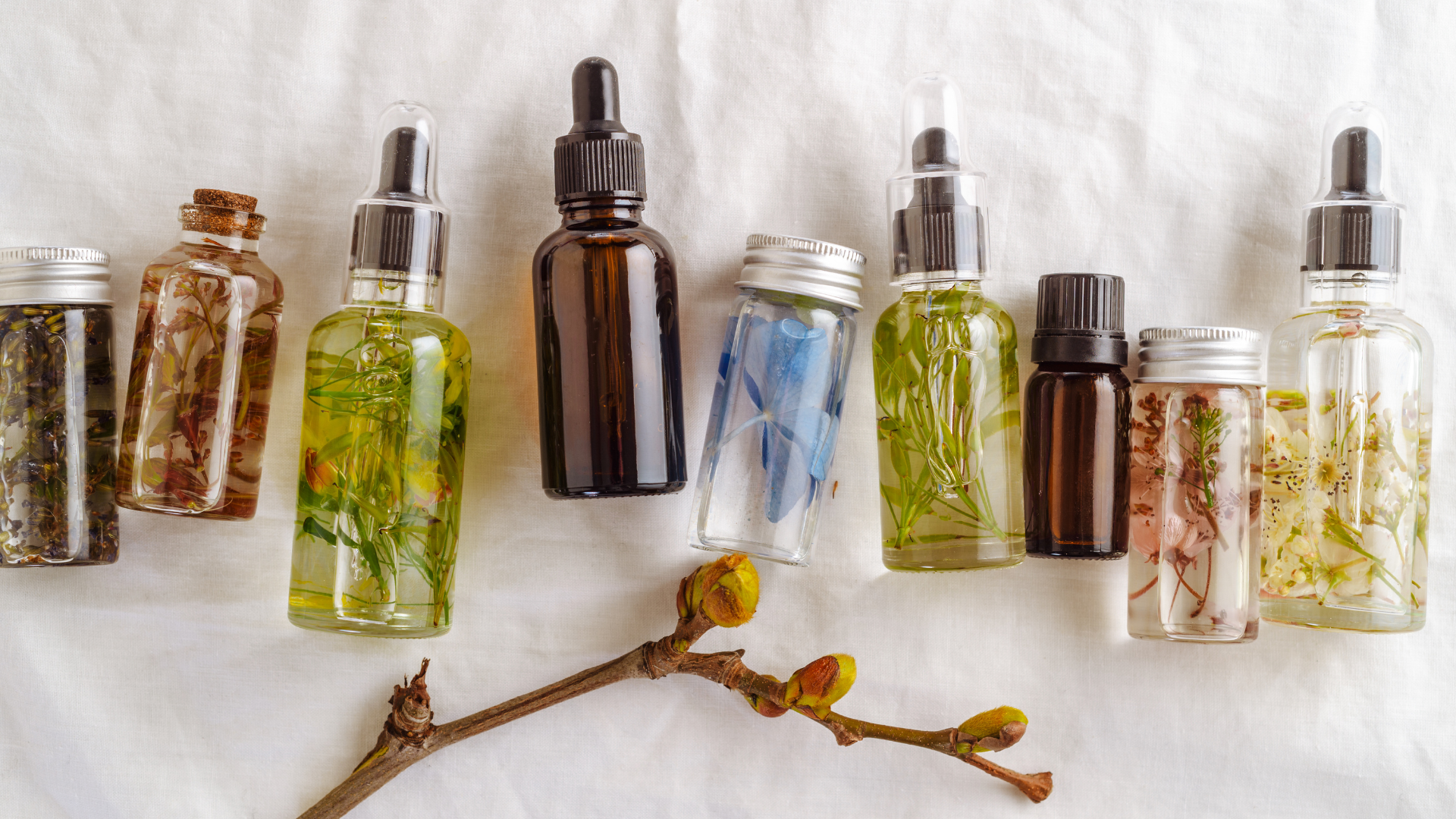
The Healing Power of Essential Oils
Essential oils offer more than just pleasant fragrances. Many possess therapeutic properties that can enhance your overall well-being. These natural extracts can provide various benefits when used correctly.
Stress Relief
In our busy lives, stress relief is crucial. Several essential oils are known for their calming effects. Lavender is widely recognized for promoting relaxation and improving sleep quality. Bergamot can help reduce anxiety and lift your spirits. Ylang-ylang is another option, potentially helping to lower blood pressure and heart rate.
Mood Enhancement
Certain essential oils have the power to positively influence your mood. Lemon oil's bright scent may boost energy levels and sharpen focus. Peppermint is invigorating and may enhance memory and alertness. Rosemary is believed to improve cognitive performance and combat fatigue.
Skin Benefits
Beyond aromatherapy, some essential oils offer skin-nourishing properties. Tea tree oil is known for its antibacterial qualities, potentially helping with acne. Frankincense may help reduce the appearance of fine lines. Chamomile is praised for its soothing effects on sensitive skin. While essential oils offer these benefits, it's important to use them safely. Always dilute oils properly and consult a healthcare professional if you have concerns.
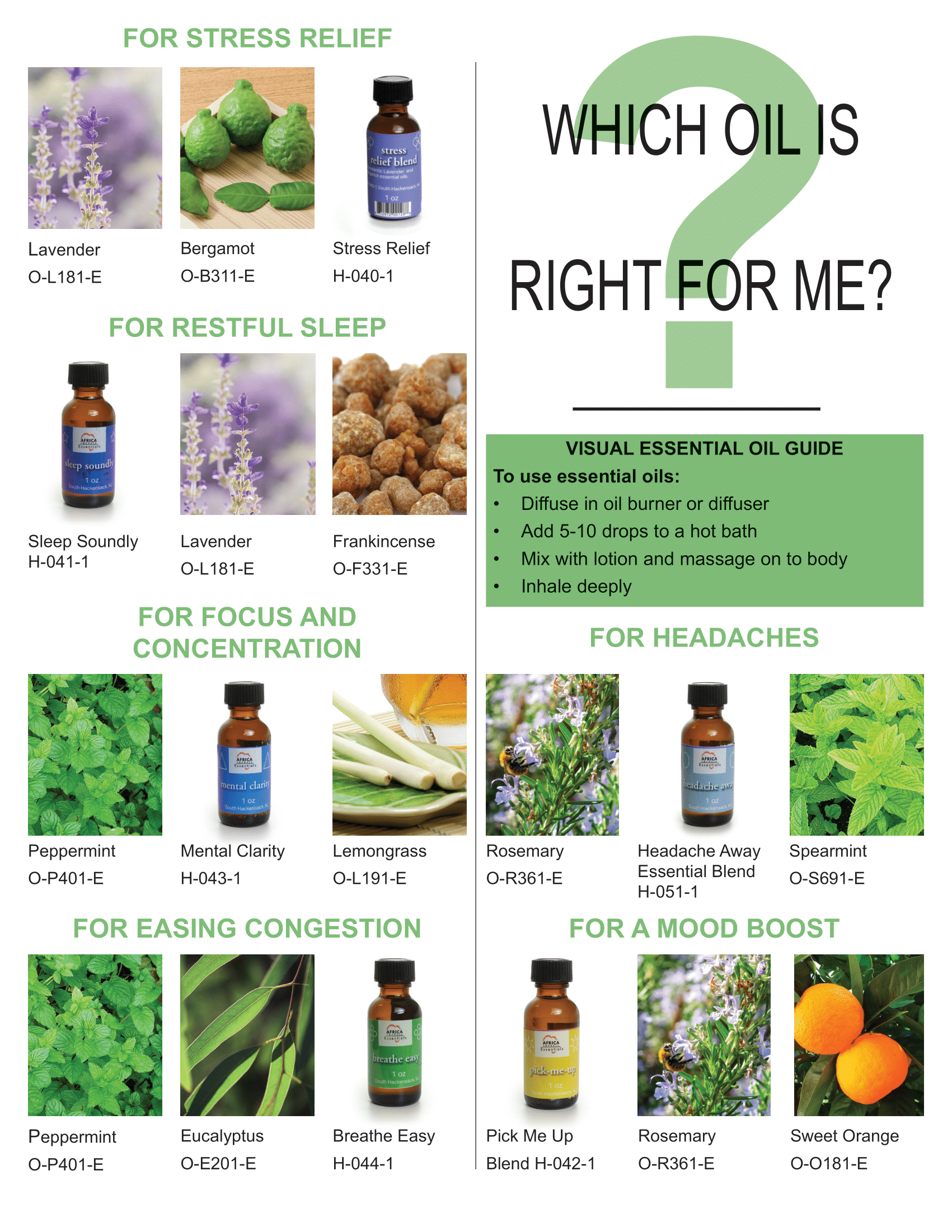
Your Perfume Making Toolkit
Essential Oils
Choosing the right essential oils is key to crafting your perfect scent. Think about the type of fragrance you want to create - perhaps a fresh floral scent for spring or a warm, spicy aroma for winter. Your personal preferences will guide your selections.
When picking your oils, consider the balance of top, middle, and base notes. Top notes provide the initial impression, middle notes form the heart of the scent, and base notes offer depth and longevity. A well-rounded perfume typically includes all three.
Don't be afraid to experiment with different combinations. Start with small quantities of each oil and keep track of your ratios. This will help you replicate successful blends in the future. Quality is paramount when it comes to essential oils. Opt for pure, undiluted oils from trusted suppliers. While these may be pricier, they'll yield a superior scent and are less likely to irritate your skin.
Remember that essential oils offer more than just fragrance. Some, like lavender, have calming properties, while others, such as citrus oils, can be energizing. These additional benefits can add an extra layer to your perfume's appeal.
Carrier Oils
Carrier oils are a vital component in perfume making. They dilute essential oils, making them safe for skin application and preventing potential irritation from concentrated oils.
Jojoba oil is a popular choice due to its similarity to our skin's natural sebum. It absorbs easily, has a long shelf life, and its mild scent won't overshadow your essential oil blend.
Sweet almond oil is another excellent option. It's lightweight, non-greasy, and quickly absorbed by the skin. Its subtle nutty aroma complements many essential oil scents without overpowering them.
Other carrier oils to explore include fractionated coconut oil, grapeseed oil, and apricot kernel oil. Each has unique properties that can enhance your perfume. When selecting a carrier oil, consider your skin type. While some oils, like jojoba, suit most skin types, others may be better for specific skin conditions. Remember, the quality of your carrier oil is as important as your essential oils. Opt for cold-pressed, organic oils when possible to ensure the best results for your homemade perfume.
Equipment Needed
Creating your own perfume requires a few essential tools. Here's a checklist of items you'll need to begin your fragrance-making journey.
Measuring Equipment
Precision is crucial in perfume making. You'll need glass beakers or small bowls for mixing your oils. Measuring cylinders or droppers are essential for accurate quantities. These tools ensure consistency, allowing you to recreate your favorite blends in the future.
Pipettes and Testing Strips
Pipettes are indispensable for transferring small amounts of oils without waste. They allow you to add oils drop by drop, giving you precise control over your blend. Testing strips, typically made of paper, let you sample your scent without skin application. They're invaluable for comparing different blends and fine-tuning your fragrance.
Storage Containers
Proper storage is key to preserving your creations. Small glass bottles with tight-fitting lids are ideal. Dark-colored bottles offer extra protection from light, which can degrade oils over time. Roll-on bottles provide convenient application for your finished perfumes.
Labels
Labeling is crucial for keeping track of your creations. Include the blend name, creation date, and the oils used with their ratios. This information helps you replicate successful recipes and track how your perfumes evolve over time. With these tools at hand, you're well-equipped to start your perfume-making adventure. Remember, the quality of your equipment can impact the quality of your perfumes, so invest in the best tools you can afford.
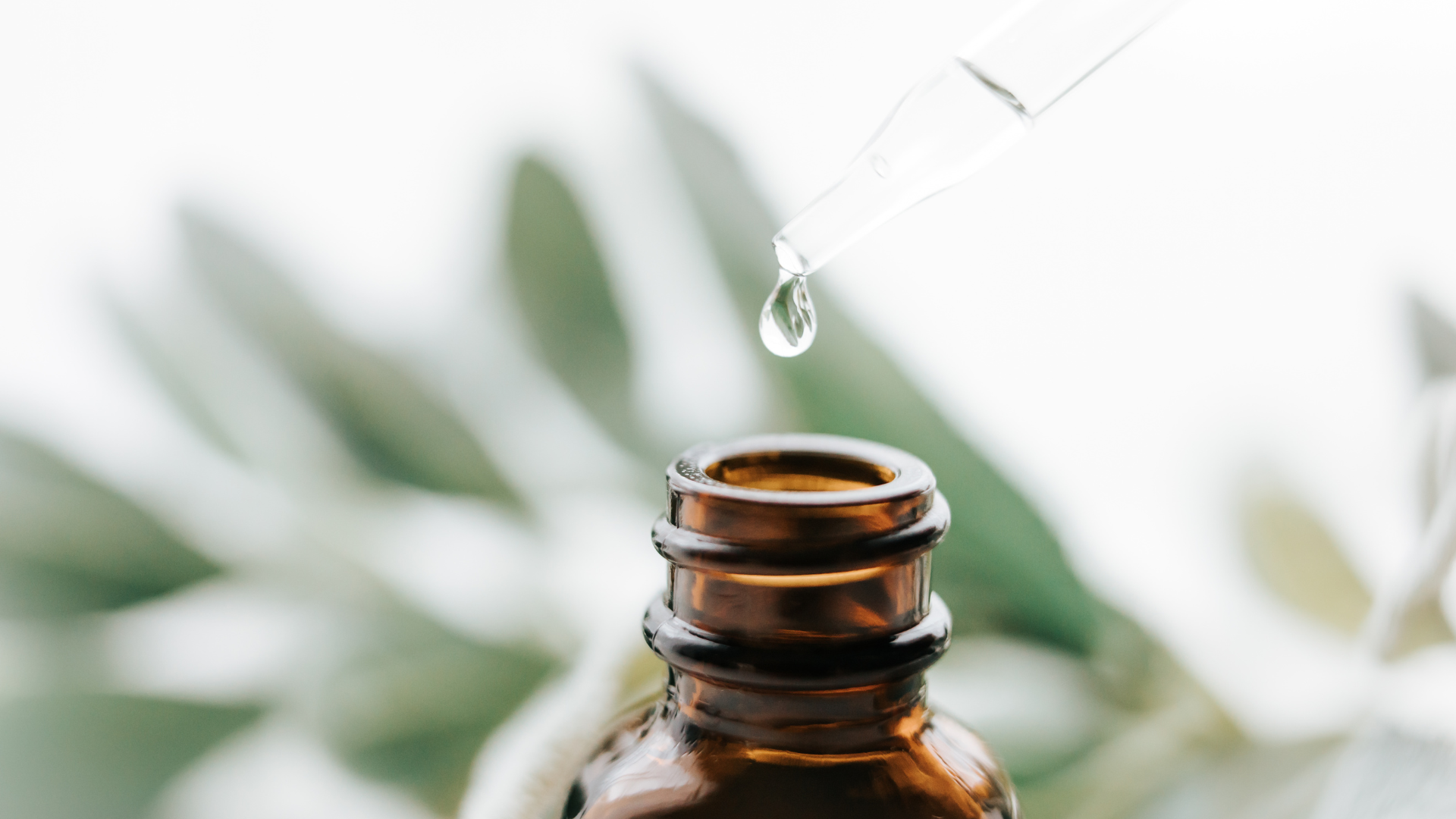
Step by Step Process to Making Your Own Essential Oil Perfume
Creating your own signature scent is an exciting journey. Follow this guide to craft your first DIY perfume using essential oils. You must remember:
- Essential oils are highly concentrated. Always dilute them properly in a carrier oil.
- The ratio of essential oils to carrier oil should not exceed 5% for safety.
- Start with less and add more gradually. It's easier to increase the strength than to reduce it.
For beginners, this guide is for a 10ml roll-on perfume. As you gain experience, you can adjust the recipe for larger quantities. Begin by adding 9.5ml of your chosen carrier oil to your roll-on bottle. Then, using a separate dropper for each oil, add in this sequence:
- 6 drops of your chosen base note essential oil(s)
- 4 drops of your selected middle note essential oil(s)
- 2 drops of your preferred top note essential oil(s)
Secure the cap tightly and gently roll the bottle between your palms to blend the oils. Allow your perfume to rest for at least 24 hours before use, enabling the scents to meld together fully. Congratulations! You've created your own perfume. Label your bottle with the date and recipe details. Remember to note down your exact combinations – this will help you recreate your favorite blends in the future.
How to Care for Your DIY Perfume
Proper Application Techniques
The way you apply your perfume can significantly impact its effectiveness and longevity. For best results, apply your perfume directly to clean, dry skin. Focus on pulse points such as your wrists, neck, behind your ears, and inside your elbows. These areas naturally emit heat, which helps to diffuse the scent throughout the day.
Remember not to rub your wrists together after applying your perfume. This common habit can actually break down the oils, altering the scent. It's also wise to avoid spraying perfume on your clothes or hair, as the oils can potentially stain or damage delicate fabrics. For a longer-lasting fragrance, try applying your perfume after moisturizing your skin.
Storage Tips
Proper storage is key to maintaining the quality of your perfume. Always use dark glass bottles to protect your oils from light degradation. Store your perfumes in a cool, dark place away from direct sunlight and heat sources. Avoid keeping them in the bathroom, as the humidity can affect the scent over time. Before each use, gently shake your natural perfume to remix the oils. This simple step ensures a consistent scent every time you apply it. By following these application and storage guidelines, you'll be able to enjoy your homemade perfumes to their fullest potential, preserving their unique fragrances for longer.
Final Thoughts
Essential oils offer a fascinating journey into the world of natural fragrances and personal care. By creating your own perfumes, you're not just crafting a scent – you're engaging in an age-old art form that connects you to nature and your own creativity. Remember, perfume making is a skill that develops over time. Don't be discouraged if your first attempts aren't perfect. Experiment with different combinations, keep notes on your blends, and trust your nose. The process of discovery is part of the joy of working with essential oils.
At Africa Imports, we're committed to supporting your essential oil journey. We offer a wide range of high-quality essential oils, carrier oils, and equipment to help you create your perfect scent. Whether you're a beginner or an experienced perfumer, we have everything you need to bring your olfactory visions to life. Explore our collection and start your aromatherapy adventure today. Who knows? Your signature scent might be just a few drops away.
 USD
USD  GBP
GBP  CAD
CAD  AUD
AUD 